Did you know that you can steer your stand up paddle board using the angle of your paddle shaft and blade? This is how the Tahitians steer their rudderless Va’a canoes. Once mastered, this technique gives paddlers a huge advantage. Otherwise, paddlers sacrifice speed by inadvertently using their paddle angle to steer the board from side-to-side. This leads to more switching sides, more distance traveled, and most importantly: slower average speeds.
Master the Vertical Stroke With Stacked Hands
In order to paddle in a straight line, think of your blade as a rudder. We want our paddle shaft to be completely vertical the moment our paddle enters the water. If the blade goes in at an angle, your stroke will be at an angle and your board won’t track straight. Failing to have a vertical shaft during the catch is one of the most common mistakes that paddlers make, but it can be easily fixed.
Proper vertical stroke form means that one hand is stacked directly on top of the other and both hands are just outside the edge of your board. You may notice that in order to achieve this position while standing, you’ll end up leaning awkwardly to one side which can create instability in the board.
In order to keep equal weight distribution and attain a vertical paddle stroke, we need to rotate our body during the stroke setup. Body rotation also increases your functional reach, which sets you up for a more powerful stroke. The wider the board, the more rotation is necessary to achieve this result.
Body Rotation While Paddling
Step 1: Soften your knees. Keeping your knees bent at all times while paddling is a must.
Step 2: Turn your chest away from your paddle, towards your non-paddle side.
Step 3: Drop your paddling side shoulder. To exaggerate this movement, your head can go between the A-frame of your outstretched arms.
Step 4: Rotate until both hands are outside the edge of the board and one hand is right on top of the other. You should feel a stretch through your non-paddle side body.
Source : Blackproject









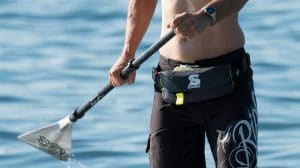
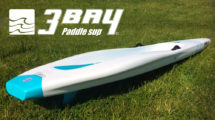

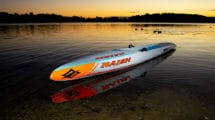
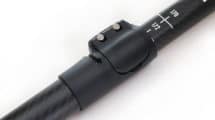
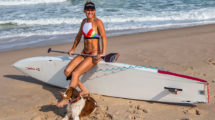
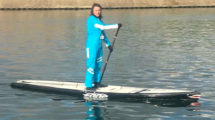



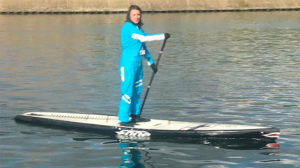
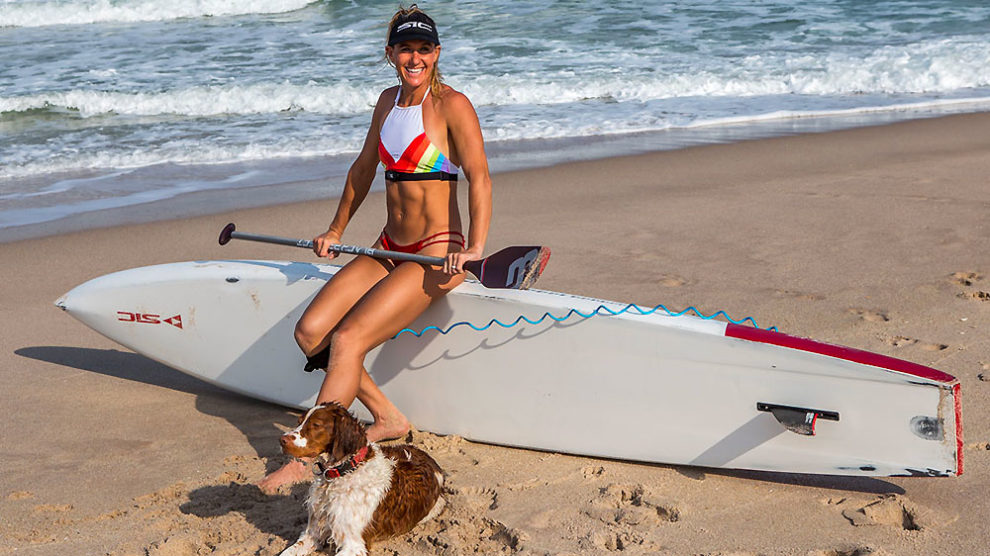

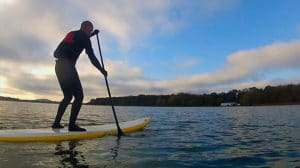
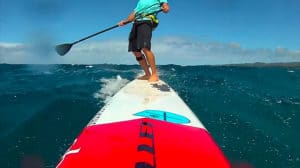
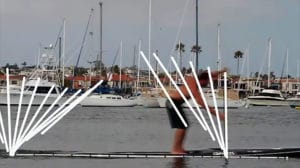


Ajouter un commentaire